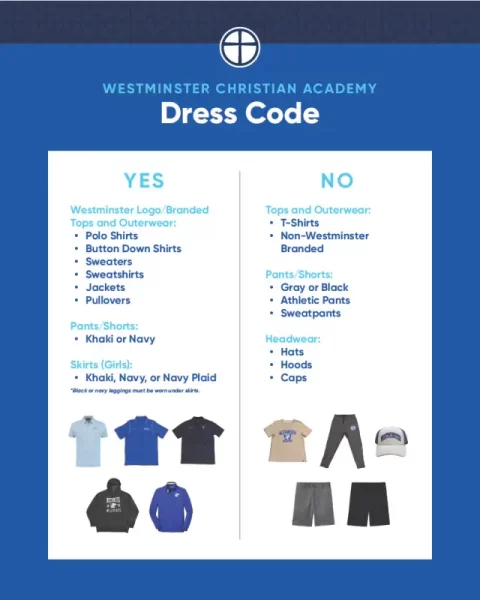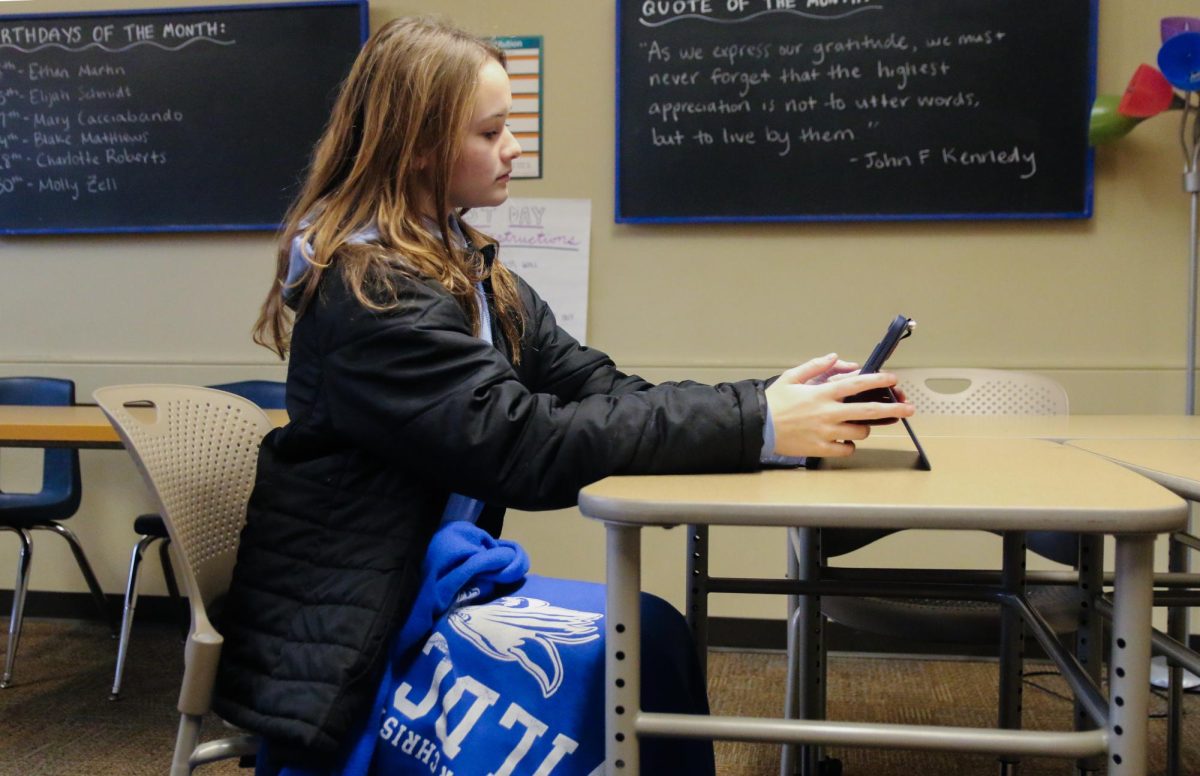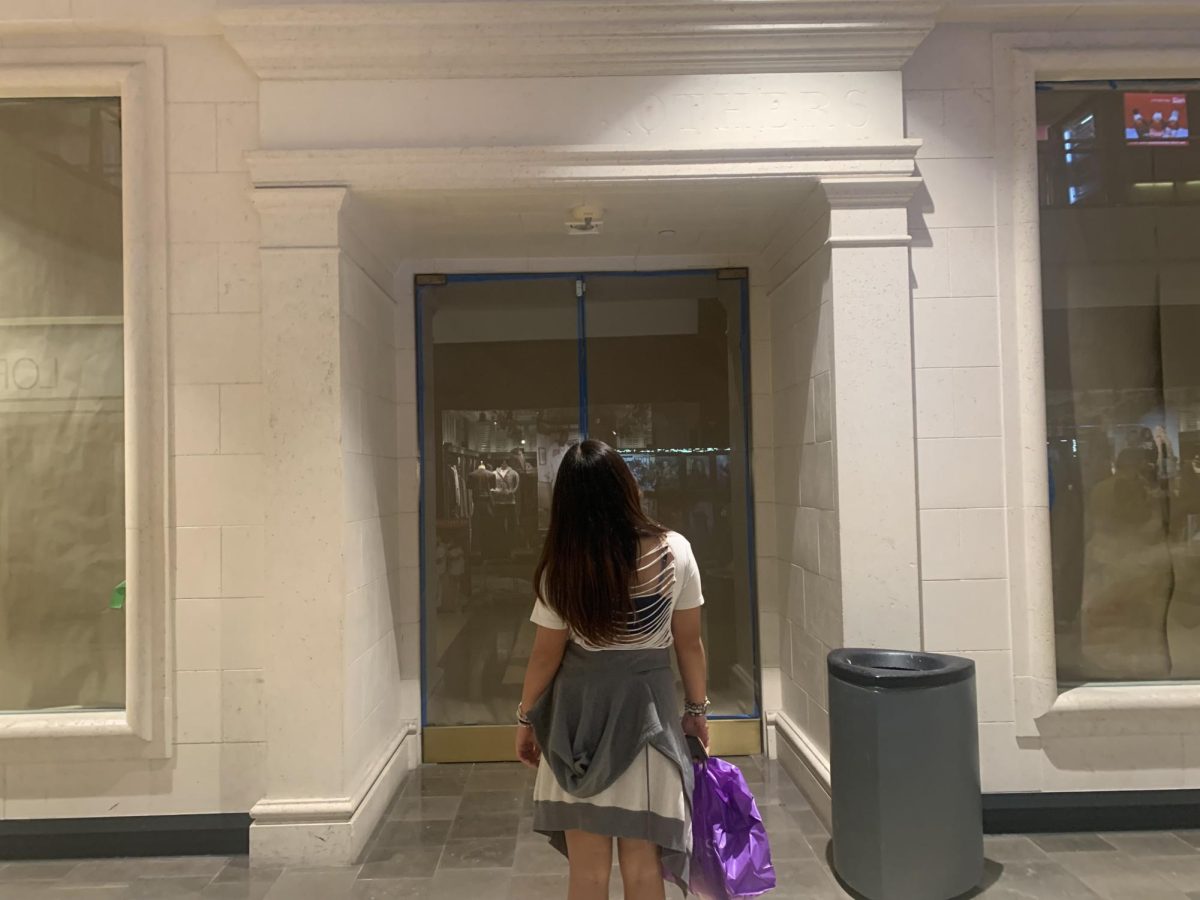The temperature is dropping rapidly. As you enter the science wing, it’s as if you’re walking straight into Elsa’s Ice Palace. How are you expected to sit still and take notes if the only thing you can think about is how wonderful some hand warmers or hot chocolate could be right now?
Well, as the temperature drops outside, naturally many students and faculty feel the effects within the WCA building. Although most students wear hoodies to school even in August, the cold winter weather brings the need to accommodate sitting in chilly classrooms. Normally, people would not give a second thought about putting on an extra coat, hat, fuzzy socks, or grab a blanket to stay warm at home when the temperature drops, but what about at Westminster?
Many students choose to wear a coat over their hoodie throughout the day. Although wearing just any coat is technically against dress code due to the lack of a Westminster logo or branding on them, most teachers do not dress code their students for this. Even so, not all staff members agree on whether students should be allowed to wear coats or use a blanket in class.
“Yeah I know coats are technically not a part of standardized dress, but if it’s between a student shivering in my class and being distracted from learning and wearing a coat, I will pick wearing a coat,” said Kyle Roff, English Teacher.
In order to receive the student’s sentiment, a survey was conducted.
Out of the 325 students who responded to the survey, 67% said they generally wear a coat in class. Further, out of those who said they generally wear a coat, 58% responded that it is more of a fashion choice than out of pure necessity.
“It’s a complex game with the jackets. It’s [also a] fashion piece, but you can’t wear one everyday or people will think you’re strange. It’s about finding that delicate balance,” said Chase Borage, Junior.
Because standardized dress allows for little self-expression, wearing a coat allows for some free choice on the part of the student. Nevertheless, a simple black coat is not technically an approved dress code item, but only some teachers enforce this policy which causes confusion among students.

“[I wear a coat] for the cold but also it happens to be pretty fashionable. But I mean, seriously, it’s just a black coat. Kinda odd that this is even an issue” said an anonymous student in response to the survey.
Furthermore, a less common, but fairly prevalent practice among WCA students, is bringing a blanket to school and using it instead of, or in addition to a coat.
According to the survey results, 27.7% of the students had brought a blanket to school and used it in class. Further, 18.5% of those students who had brought a blanket were asked to remove it. Although the majority of students who had brought blankets were not requested to remove them, it is understandable that a teacher might ask a student not to use one in their class.
“I’m often a cold person so I can empathize with people thinking it’s really cold in here so I wouldn’t say no to a jacket, [but] the blanket is probably where I would have them put it in their locker because that just kinda defeats the purpose of the class uniform,” said Brooke Cogan, Math Teacher.
Because each teacher has personal preferences that might be quite different to the next, ultimately it becomes a case by case matter. While some teachers may allow both coats and jackets, whereas others may not allow either, it becomes the student’s responsibility to abide by their teacher’s preferences even though they might not agree with their resolution.
So instead of shivering in your science class unsure if a coat or blanket is allowed, just ask your teacher. They are more than likely willing to accommodate as long as you are respectful and cooperative as well.









